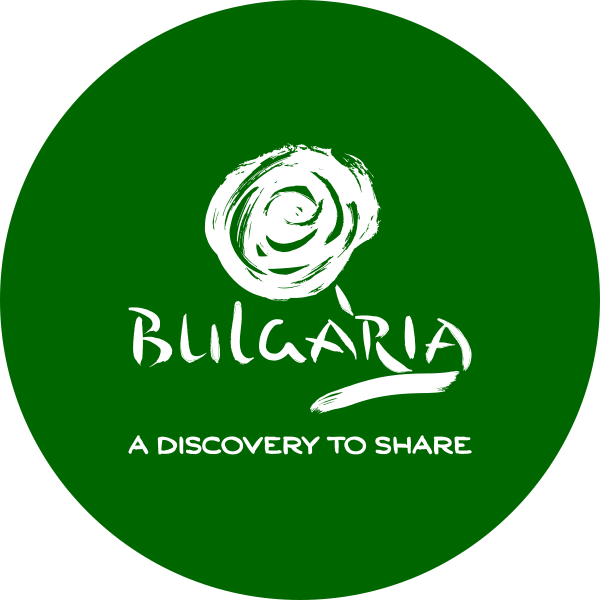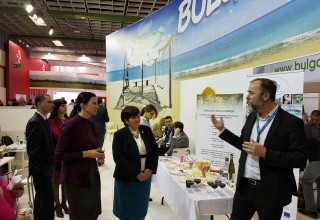Bulgaria is presented in Berlin with the “Roman Thermal Spas in Europe” project
Bulgaria is presented at the ITB international exhibition in Berlin as part of the EU project “Culture and Spa. The Roman Thermal Spas in Europe”.
The event was opened by the Minister of Tourism Stela Baltova, the project manager Tobias Bielenstein and Siika Katsarova, Deputy Chairperson of the Bulgarian Union of Balneology and Spa Tourism and Vice President of the European Spa Association.
Building a network of destinations in Europe based on the experience of ancient Romans using healing thermal mineral springs is the main goal of the “Culture and Spa. The Roman Thermal Spas in Europe” project, Tobias Bielenstein said. Bulgaria belongs to this project as it is rich in mineral springs and cultural and historical sites, Minister Baltova stated.
The concept is developed by 3 organizations – the European Spa Association, the German tour operator FIT Reisen and the company Europespa. Work started in 2014 with national partners from Spain, Greece, France, Germany, Italy, Hungary, Romania, and Bulgaria. The official partner from Bulgaria is the Bulgarian Union of Balneology and Spa Tourism. The European Union participates in the funding. The main idea is based on the fact that there are long-term traditions in spa and balneological tourism in many European countries, these countries have something in common and this is the Roman history. It is a major part of the European cultural heritage. The idea is to use that common part of history in marketing, as it shapes the specifics of some destinations. In fact, we combine spa tourism and culture. “Roman thermal spa destinations” is also a brand on the market. Each destination is a brand that makes it unique, Tobias Bielenstein explained.
Over 260 sites in Bulgaria are developing spa tourism, noted Siika Katsarova. One of the ideas of the project is to build a network of destinations. It is good for a town like Kyustendil for example to cooperate with colleagues from Portugal, France and Germany and learn from each. Within this project the towns do not compete but they are part of the common heritage. If one year the tourist stays in Bulgaria and likes it, next year he goes to Germany, that is the idea.
The project has two big target groups. One of them covers European tourists. Certainly, the Germans are among the most attractive tourists as they are a big market. There is interest from Spain, Austria, Switzerland, the Scandinavian countries. The second group includes tourists from Japan, China and the USA.









